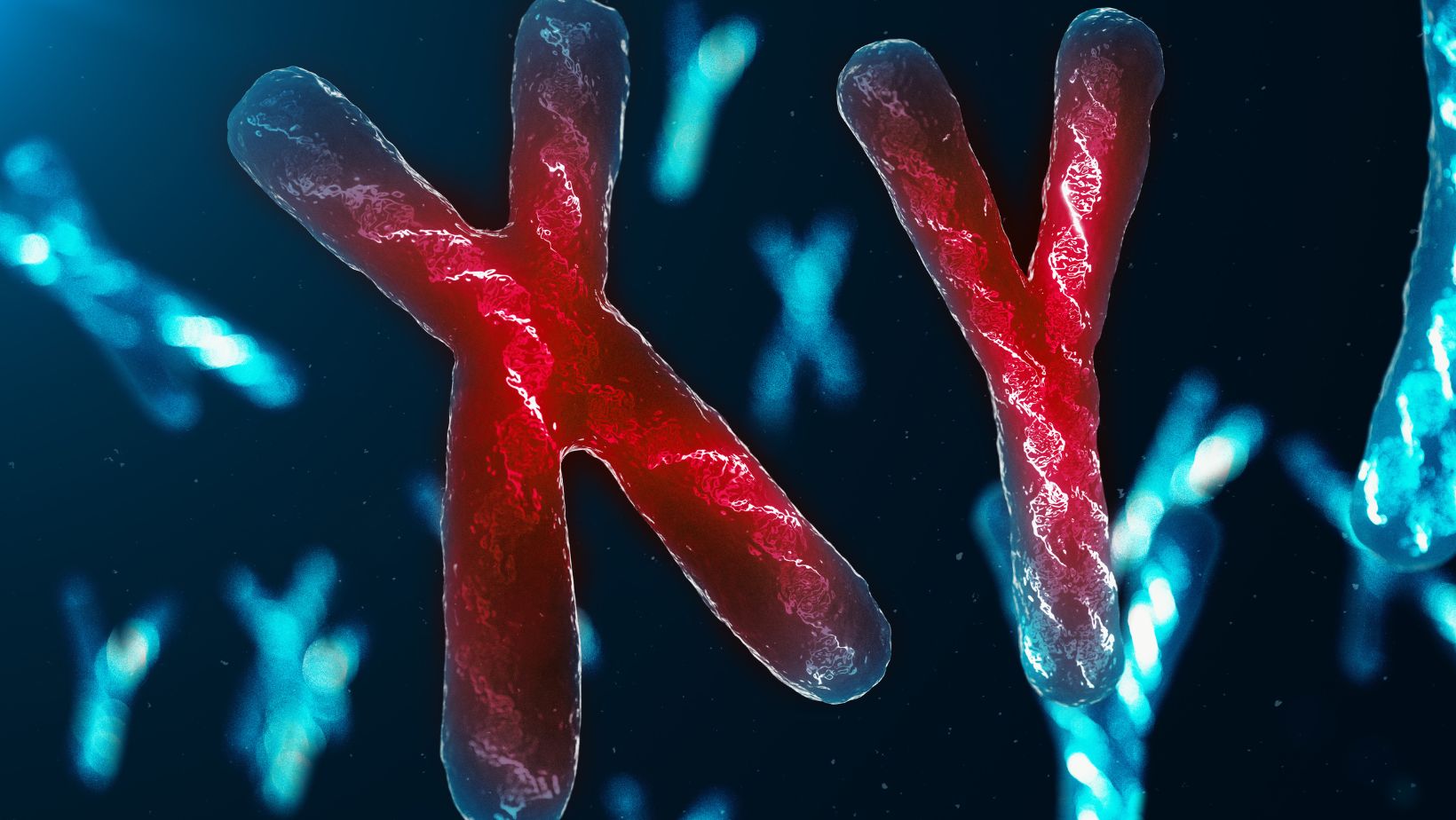
Polyploidy is Involved in Which of the Following Examples
Polyploidy, a condition characterized by having multiple sets of chromosomes, plays a significant role in various examples across different organisms. This fascinating phenomenon of having more than two sets of chromosomes can result in significant changes and impacts on the organism’s genetic makeup. Let’s explore some intriguing instances where polyploidy is involved.
One example where polyploidy comes into play is in the world of plants. Many crop species, including wheat, cotton, and strawberries, are polyploid. Through artificial selection and genetic manipulation, scientists have harnessed the benefits of polyploidy to improve crop yield and quality. The duplication of genetic material allows for increased vigor and adaptability in these plants, making them better suited to withstand environmental challenges.
Another notable instance where polyploidy has been observed is among certain animal species. For instance, some amphibians exhibit natural polyploidy as part of their life cycle. Polyploid frogs such as the African clawed frog have become subjects of scientific inquiry due to their unique ability to regenerate limbs and organs. Understanding how polyploidy contributes to this remarkable regenerative capacity holds promise for advancements in regenerative medicine and tissue engineering.
In conclusion, from agriculture to biology research, polyploidy manifests its influence across various fields. The presence of additional chromosome sets opens up new possibilities for adaptation and genetic variation in both plants and animals alike. By delving deeper into the complexities of polyploid organisms, we can uncover valuable insights that may benefit diverse areas such as agriculture, biotechnology, and medicine.

What is Polyploidy?
It’s a fascinating biological phenomenon that involves having more than two complete sets of chromosomes in an organism. While most organisms are diploid, meaning they have two sets of chromosomes (one from each parent), polyploidy occurs when there are three or more sets of chromosomes.
Polyploidy can occur naturally through different mechanisms, such as errors during cell division or hybridization between species. It can also be induced artificially in laboratories for research purposes or to create new plant varieties with desirable traits.
One example of polyploidy in nature is found in certain plants. Wheat, for instance, has undergone multiple rounds of genome duplication throughout its evolutionary history, resulting in hexaploid wheat with six sets of chromosomes. This polyploidy event played a crucial role in the expansion and adaptability of wheat as a staple crop worldwide.
Another example is seen in amphibians. Some species of frogs and salamanders exhibit polyploidy, which contributes to their ability to regenerate limbs and organs. Polyploid amphibians may have an advantage over their diploid counterparts when it comes to tissue regeneration and adaptation to changing environments.
Polyploidy also plays a significant role in agricultural practices. Many crops have been selectively bred for increased ploidy levels to enhance characteristics such as larger fruit size, disease resistance, or improved yield. For example, tetraploid varieties of strawberries are often favored because they tend to produce larger berries compared to their diploid counterparts.
In conclusion, polyploidy refers to the presence of more than two complete sets of chromosomes in an organism. It occurs naturally and artificially and has been observed across various organisms including plants and amphibians. Understanding the mechanisms and implications of polyploidy provides valuable insights into evolution, genetics, and agricultural practices.












